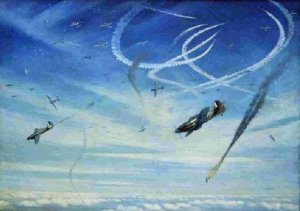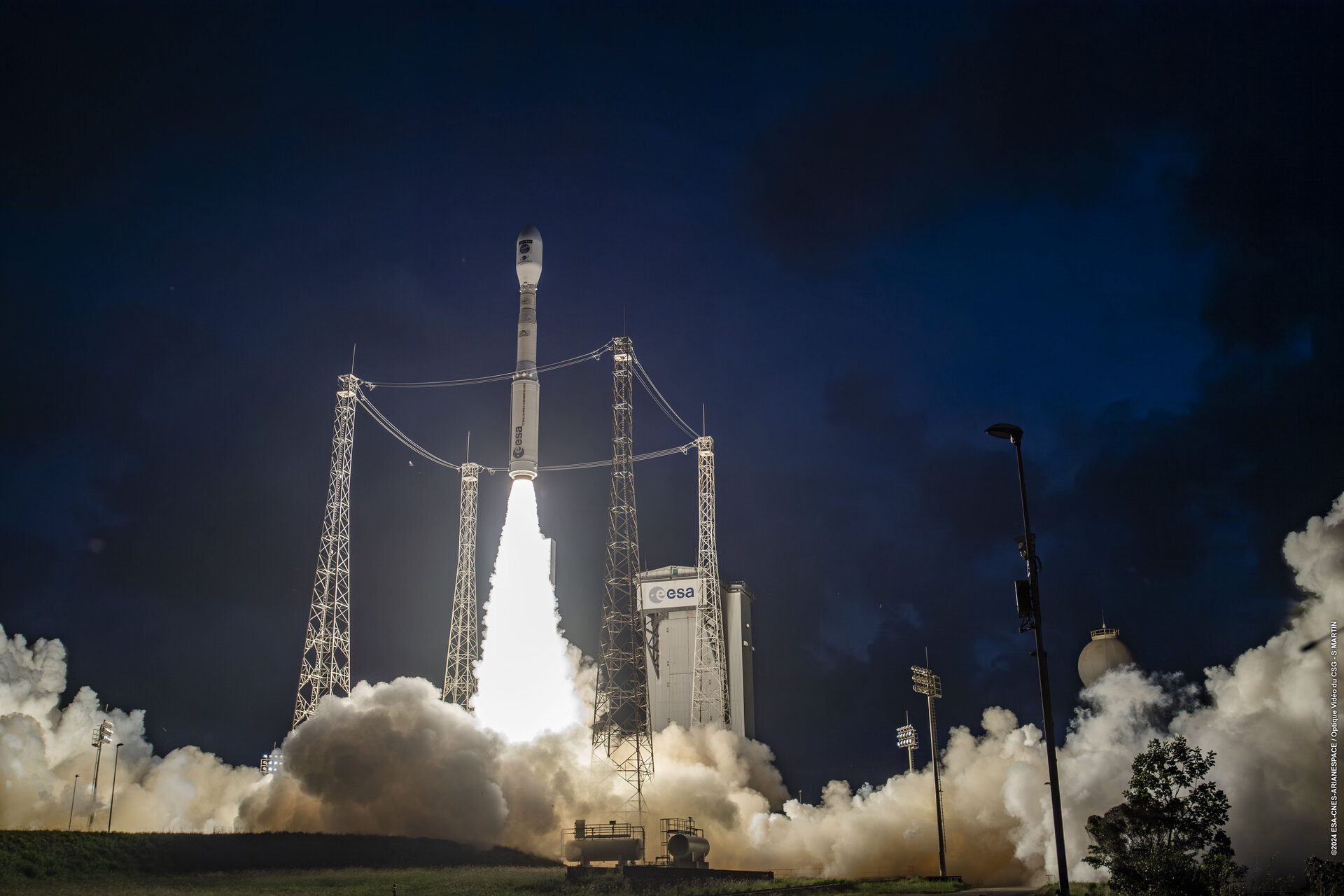Regular readers of this column note that we celebrate the lives of aerospace (and sometimes comedy) heroes of the past who have recently died. One of these pilot heroes is Wing Commander Paul Farnes who has passed away at the age of 101. He was a RAF fighter pilot who achieved “ace” status during the Battle of Britain having shot down five enemy aircraft before and during the battle.
Farnes had most of his success as a Non-commissioned “Sergeant pilot” during the Battle of Britain in the summer of 1940 when he flew Hawker Hurricanes for 501 squadron. Before that, Paul Farnes fought in the Battle of France. His actual final score from was seven “kills” (six during the Battle of Britain) plus a probable (with several more damaged).
Having already shot down a Heinkel He111 bomber on 12 May 1940 in France plus another aircraft later shared and another probably destroyed, Farnes’ official tally during the Battle of Britain began with a Junkers Ju87 Stuka shot down on 12 August 1940, with two more Ju87s shot down on 15th August. On the 18th August he shot down Dornier Do17 bomber. On 28 August he bagged a Messerschmitt Me-109 fighter and on the 30 August he damaged a Heinkel He111 bomber. He damaged a Messerschmitt 110 fighter-bomber on 2 September and another on 3 September. He damaged a Dornier Do17 bomber on the 14 September and another on 27 September. He destroyed a Junkers 88 bomber on the 30 September. He further added a probable Messerschmitt Me-109 fighter on 29 October at the tail end of the official battle.
With the officers versus men class system still in play during that era, being just a Flight Sergeant pilot, Farnes was awarded a Distinguished Flying Medal for his Battle of Britain achievements (had he been an officer at that point he would have received a Distinguished Flying Cross).
On 8 November 1940 he gained another probable Messerschmitt Me-109 just after the official end of the Battle of Britain.
Farnes did go on to be commissioned as an officer, flying Hurricane and Spitfire fighters in Malta, North Africa and what is now Iraq. He rose to the rank of Squadron Leader finally leaving the RAF with a valedictory promotion to Wing Commander in 1958. He later ran a hotel in Worthing, West Sussex, Southern England.

RAF Hawker Hurricanes are shown diving this painting which also has the contrails often seen during the Battle of Britain in August and September 1940. Courtesy: RAF Museum
In the same way that some “lucky” individuals seem to be much better at acquiring romantic partners (love) or financial gains (money) than others, so some fighter pilots are much better than others at shooting aircraft down. Historical records show that from World War I to the present day about 10 per cent of fighter pilots make more than 40 per cent of the “kills”. These fighter aces tend to be better at being able to fly their mounts to their aircraft’s strengths. They are also better at marksmanship – especially deflection shooting (aiming ahead of the enemy aircraft) – at least in the guns only era. They also have very good tactical hunting and situational awareness capabilities which enable them to more easily get into the best shooting position, while avoiding getting shot down themselves.
In this latter aspect, true “aces” normally try to avoid a turning dogfight, preferring to catch their victims unaware, usually by attacking with the sun behind them to make it difficult for the enemy to spot them in time. That said, sometimes such dogfights are unavoidable, and the very manoeuvrable Hawker Hurricane, which Farnes flew, was better than most in this arena.
Even though the RAF’s Hurricane was slower than its more elegant Spitfire stablemate and its Messerschmitt Me 109 German Luftwaffe competitor, it was a very good gun platform and had the best turning performance of the main fighters used during the early years World War II. It was only challenged in this attribute after the Japanese Mitsubishi Zero fighter went into full production in 1941.
As an ace pilot, Farnes, would thus have used the Hurricane’s manoeuvrability to its best advantage and in the Battle of Britain and he managed to shoot down or damage most of the major aircraft types flown by the German Luftwaffe.
Paul Farnes gave an interview below. In it he notes that while the eight machine gun armed Battle of Britain Hurricane was very manoeuvrable, the Messerschmitt Me109 had two 20mm cannon firing explosive shells in addition to two machine guns, which gave the Me109 a much more effective armament.
https://www.academia.edu/33498822/The_Hurricane_Ace_An_Interview_with_Wing_Commander_Paul_Farnes_DFM
We salute Paul Farnes for his skill, bravery and service, and give our condolences to his family and friends.

The Battle of Britain versions of the Hurricane and Spitfire lacked their Messerschmitt Me 109 opponent fighter’s destructive 20 mm cannons. Nevertheless they both could turn better. Courtesy: Visual Books/Macdonald
Post Script: This column missed the death of Canadian born Battle of Britain pilot John Hart who passed away in August of last year. As a Spitfire pilot, who served in 602 Squadron he shot down a Messerschmitt Me 109 and shared in the shooting down of two Junkers Ju 88 bombers. We give him our belated salute as well. With Farnes death, there are now just two Battle of Britain veterans left. The Few really are now a very few.






